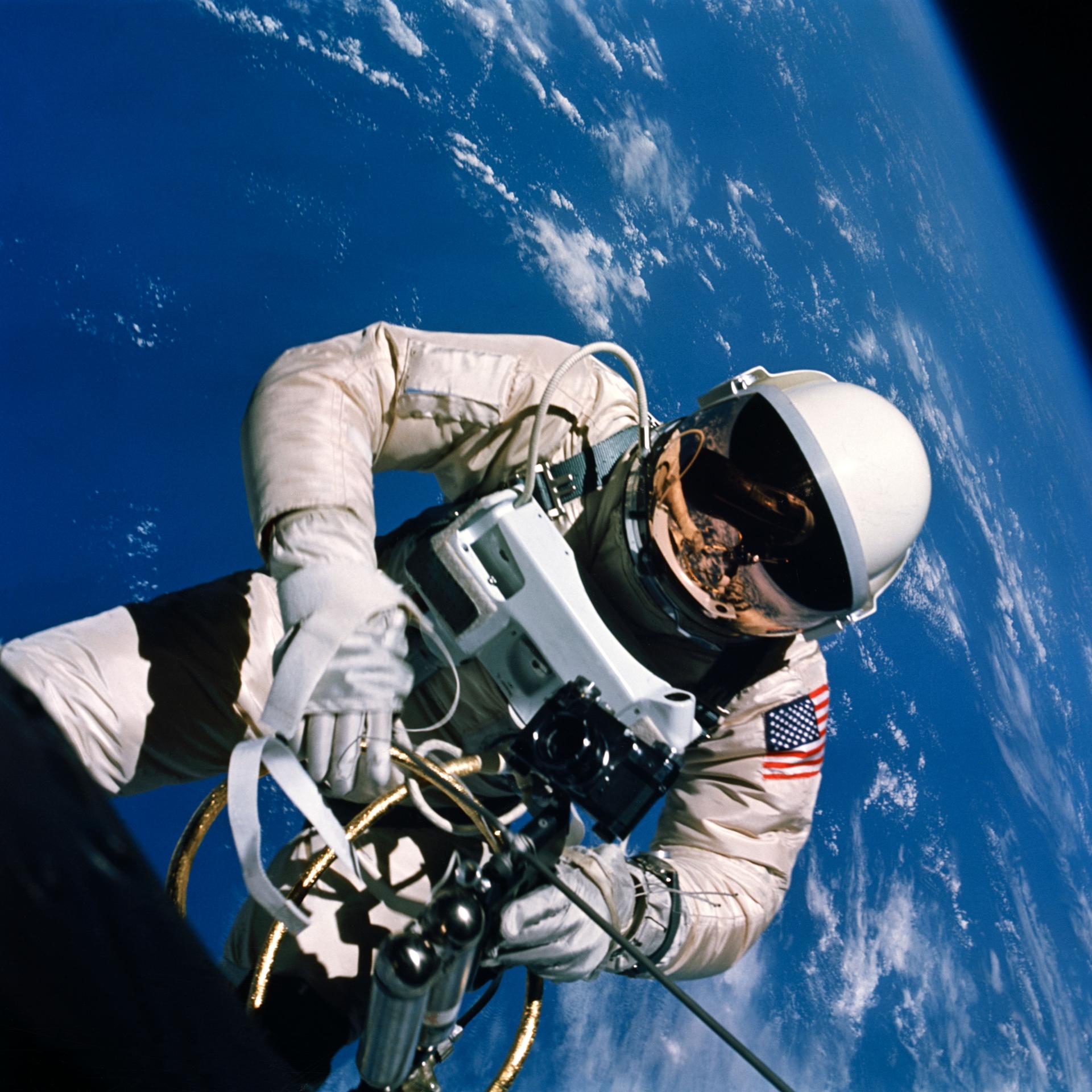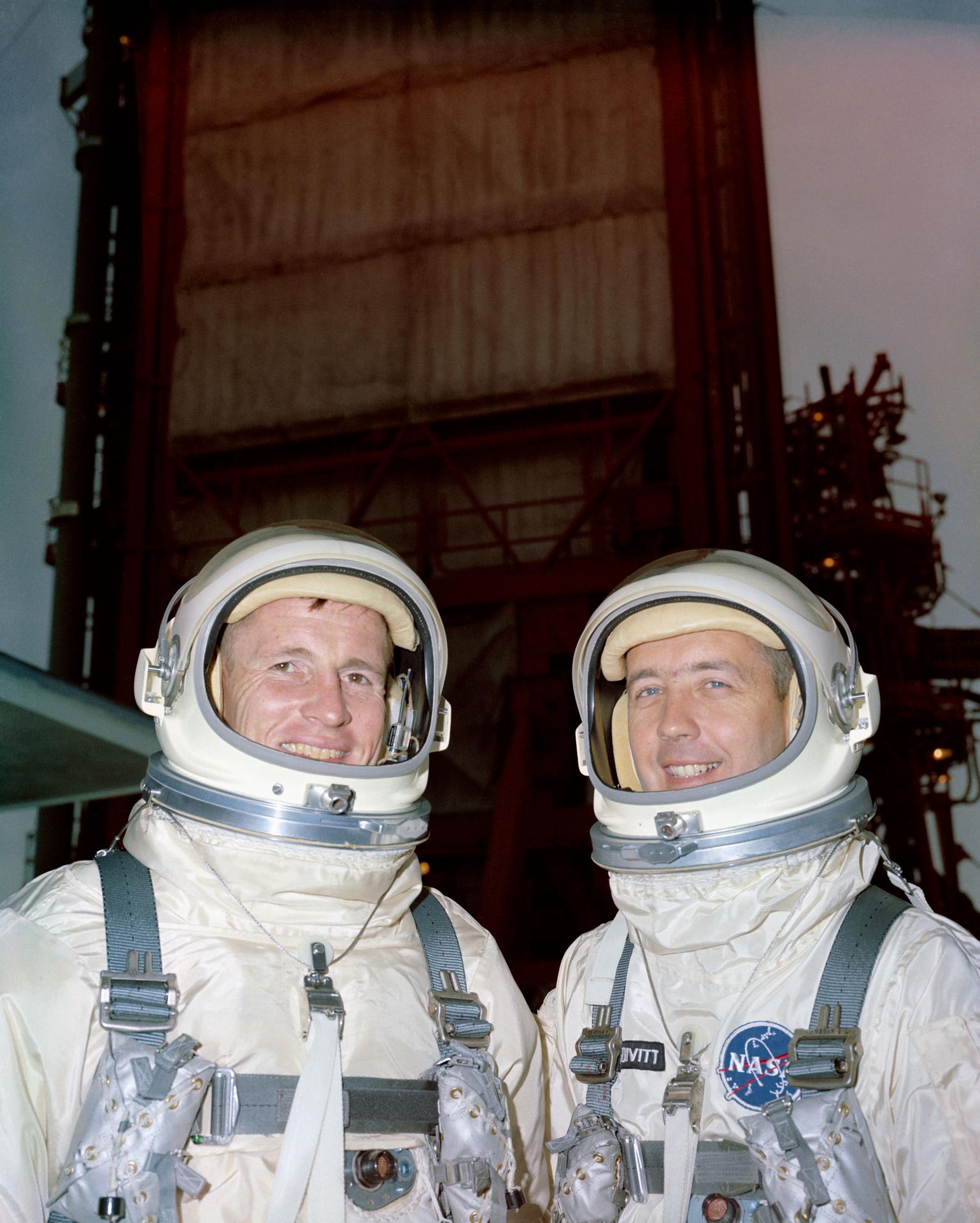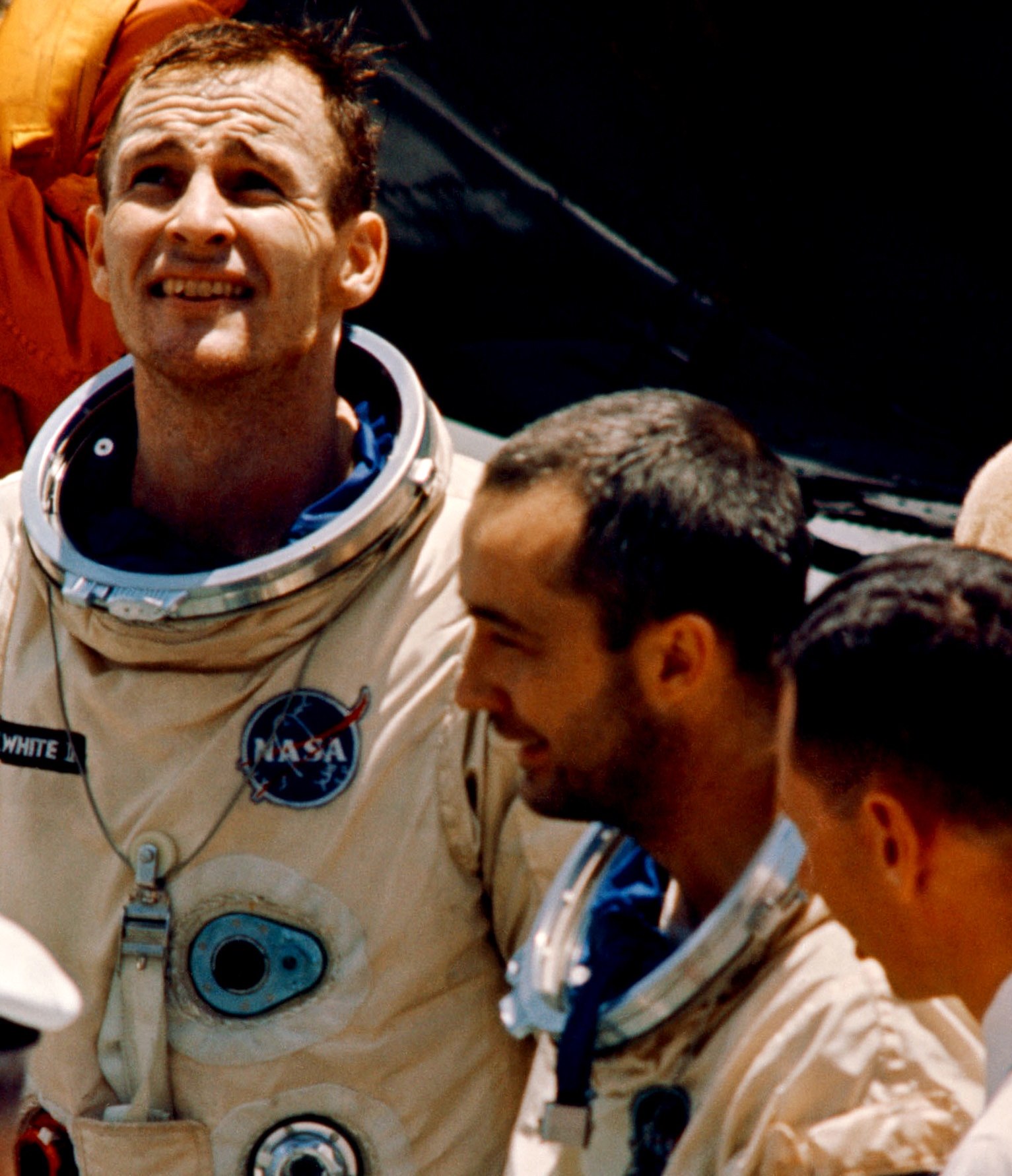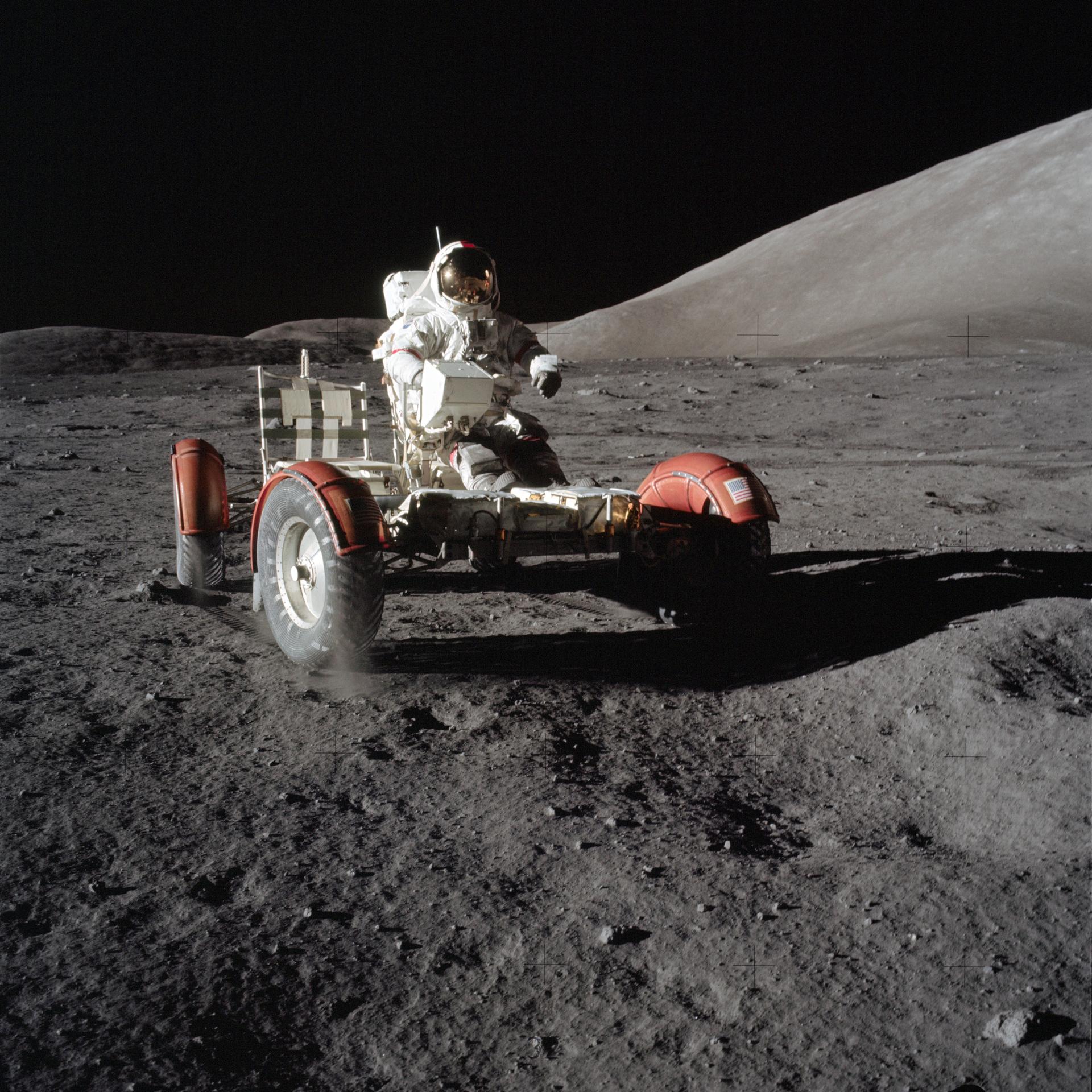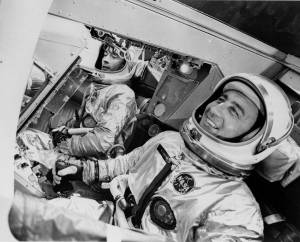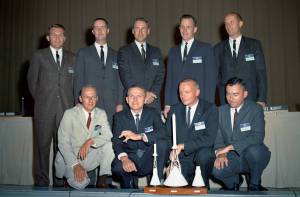Building on the success of the first piloted Gemini mission, NASA prepared to launch its most ambitions flight to date – Gemini IV. During June 1965, two astronauts would not only stay in orbit four days, one would attempt America’s first spacewalk. It was another example of advancing technology enabling new avenues of exploration.
Since the Soviet Union launched the world’s first satellite, Sputnik 1, in Oct. 4, 1957, the United States had been attempting to catch up in the space race. The Russians passed the Americans again on March 18, 1965, when cosmonaut Alexei Leonov performed the first spacewalk during the one-day Voskhod 2 mission. However, with Gemini IV, NASA was quickly catching up.
Air Force pilots Jim McDivitt and Ed White were selected as the crew for the upcoming flight. Like John Young on Gemini III, they were members of the agency’s second group of astronauts. McDivitt went on to command Apollo 9, the first piloted test of the lunar module, and he later became manager of Lunar Landing Operations and Apollo Spacecraft Program manager.
During Gemini IV, White would become the first American to venture outside his spacecraft for what is officially known as an extravehicular activity, or EVA. The world has come to know it as a spacewalk. In the following years, it was a skill that allowed Apollo explorers to walk on the moon and American astronauts and their partners from around the world to build the International Space Station.
EVA is an example of NASA’s sustained investments to mature capabilities required to reach challenging destinations such as an asteroid, Mars and other planets. Agency administrator Charlie Bolden spoke of the 50th anniversary of Gemini IV and how its legacy remains a crucial part of spaceflight today.
“This year we celebrate 50 years since Edward White left his Gemini capsule to become America’s first spacewalker,” said Bolden speaking in his “State of NASA” address at the Kennedy Space Center on Feb. 2. “It was only a few years later that we landed humans on the moon.”
Four days of Gemini IV would not only come close to the Russian record, but almost double NASA astronauts’ previous time in space.
Before June 1965, the longest American spaceflight was Gordon Cooper’s 34 hours in space during May 1963 aboard Mercury 9. Soviet cosmonaut Valery Bykovsky spent five days in orbit a month later aboard Vostok 5.
Lifting off from Launch Pad 19 at Cape Kennedy (now Cape Canaveral) Air Force Station on June 3, 1965, Gemini 4 was the first flight to be followed by the mission control at the new Manned Spacecraft Center (MSC) in Houston. MSC grew out of the Space Task Group formed soon after the creation of NASA and originally located at the Langley Research Center in Virginia. Beginning with Project Mercury, that complex was the center of U.S. human spaceflight training and management through Gemini III.
The 1,620-acre MSC complex became the primary flight control center for all subsequent U.S. manned space missions from Project Gemini forward. On Feb. 19, 1973, the center was renamed in honor of the late U.S. president and Texas native, Lyndon B. Johnson.
The new setup also required Julian Scheer, NASA’s assistant administrator for Public Affairs, to develop a new approach to how the agency reported mission progress to the world. The original plan was to have MSC Public Affairs Director Paul Haney do both the launch and mission commentary from Houston, just like he did for Gemini III. For all previous Mercury and Gemini missions the control center was at the Cape Kennedy launch site.
Scheer directed that Jack King, NASA’s first chief of Public Information at the Florida spaceport, would do the countdown commentary from the Pad 19 blockhouse at the Cape with Haney taking over from Houston at liftoff. This set the precedent for all future human spaceflights with the exception that, beginning with Apollo, the commentary hand-off would be at the point when the rocket cleared the launch tower.
Once in orbit, the first order of business was an attempt to rendezvous with the Titan II booster rocket’s second stage. It proved more difficult than originally thought. There were only two running lights on the stage, and there was no radar on board to give a precise range to the target. McDivitt then decided to concentrate on the more important EVA objective.
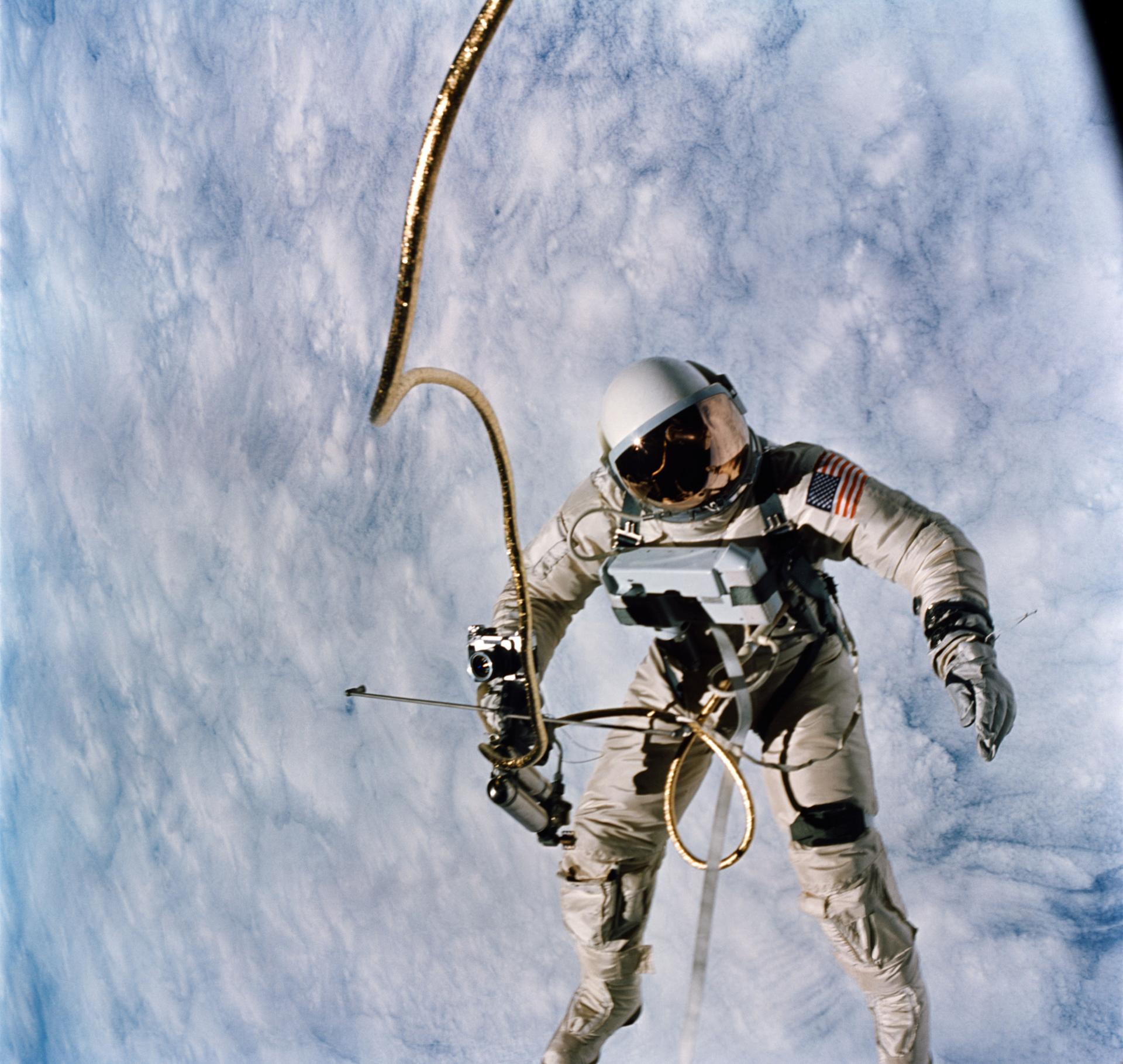
While flying over the tracking station in Hawaii, White pulled the handle to open his hatch.
“Okay, I’m out,” said White. He floated outside the capsule attached by an umbilical cord tether providing oxygen and communications from the spacecraft.
“You look beautiful, Ed,” said McDivitt as he began taking pictures of White tumbling around outside his window.
“I feel like a million dollars,” White said.
As White floated outside Gemini IV, he used a Hand-Held Maneuvering Unit, informally called a “zip gun.” The device expelled pressurized oxygen to provide thrust for controlling his movements outside the capsule.
“The gun works great, Jim,” White said to his command pilot. “It’s very easy to maneuver with the gun. The only problem I have is that I haven’t got enough fuel. I was able to maneuver myself around the front of the spacecraft and maneuver right up to the top of the adapter, and came back into Jim’s view.”
McDivitt and White also had time for some sightseeing, reporting back to capsule communicator Gus Grissom in mission control.
“Hey, Gus, we’re right over Houston,” said White. “We’re looking right down on Galveston Bay.”
At the end of the 20-minute spacewalk, White was exuberant.
“This is the greatest experience,” he said. “It’s just tremendous.”
This is the greatest experience, it's just tremendous.
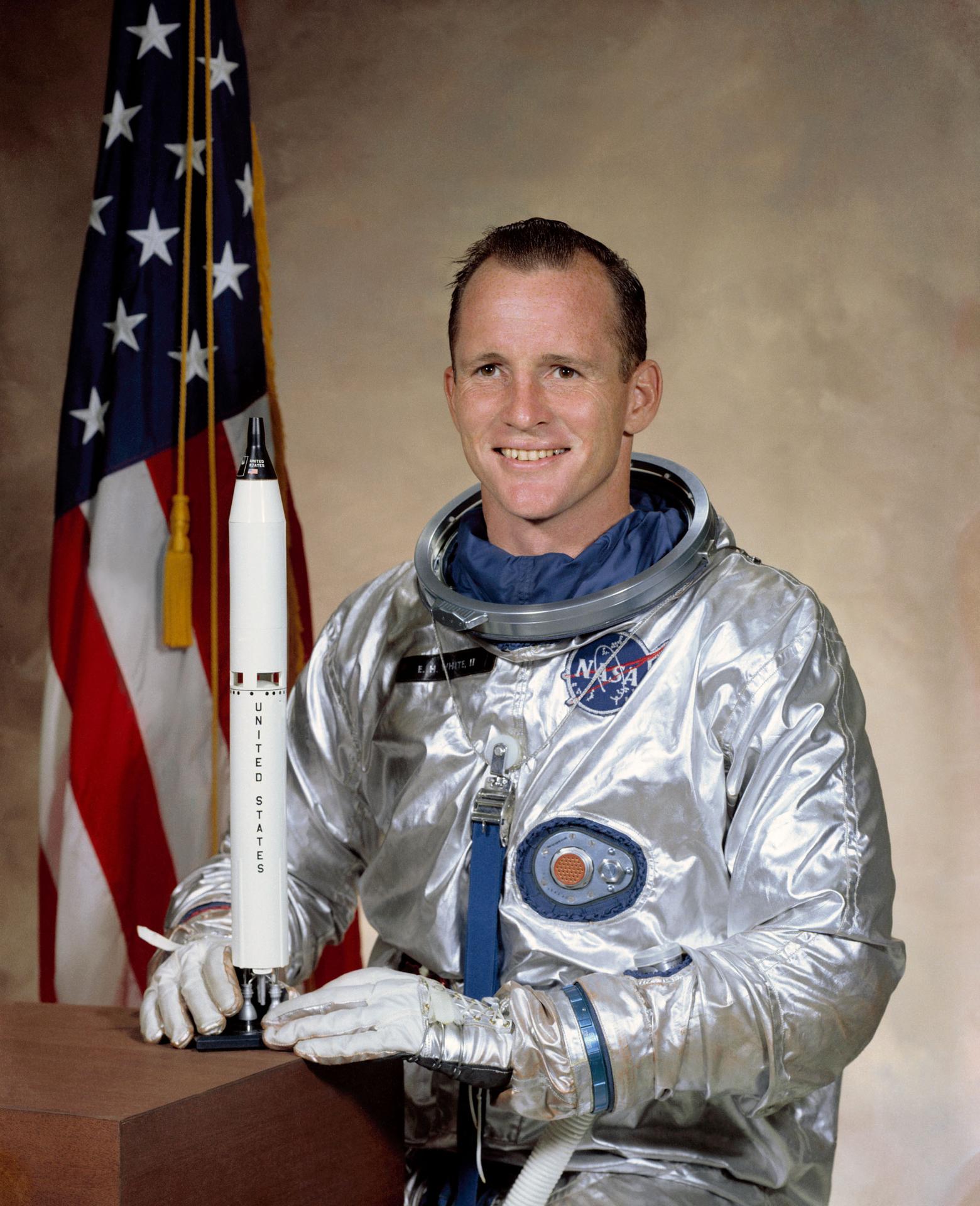
Ed White
NASA Astronaut
During the remainder of the four-day mission, McDivitt and White conducted 11 scientific experiments. One investigation involved spacecraft navigation using a sextant to measure their position using the stars. The objective was to investigate the feasibility of using this technique for lunar flights on the Apollo program.
Another focused on photography with a 70-millimeter Hasselblad camera taking images of the weather and terrain on Earth. From the agency’s earliest efforts, NASA has been an innovative leader in studies of Earth science.
Re-entry took place June 7, 1965, on the 62nd orbit, with the spacecraft landing 43 miles short of the intended landing target, about 390 miles east of Cape Kennedy. The crew of a helicopter from the aircraft carrier USS Wasp was able to see them land.
Minutes after pickup, McDivitt and White stepped off the helicopter onto the deck of the recovery ship, receiving a tremendous ovation from the sailors on the deck of the Wasp.
Following the recovery of Gemini IV, Dr. George Mueller, NASA’s associate administrator for Manned Space Flight, had high praise for those supporting the mission.

“I would like to congratulate the launch crew and the launch vehicle and spacecraft checkout crew for doing a splendid job,” he said. “I particularly want to say the support for the range, for the spacecraft and for the launch vehicle were tremendous.”
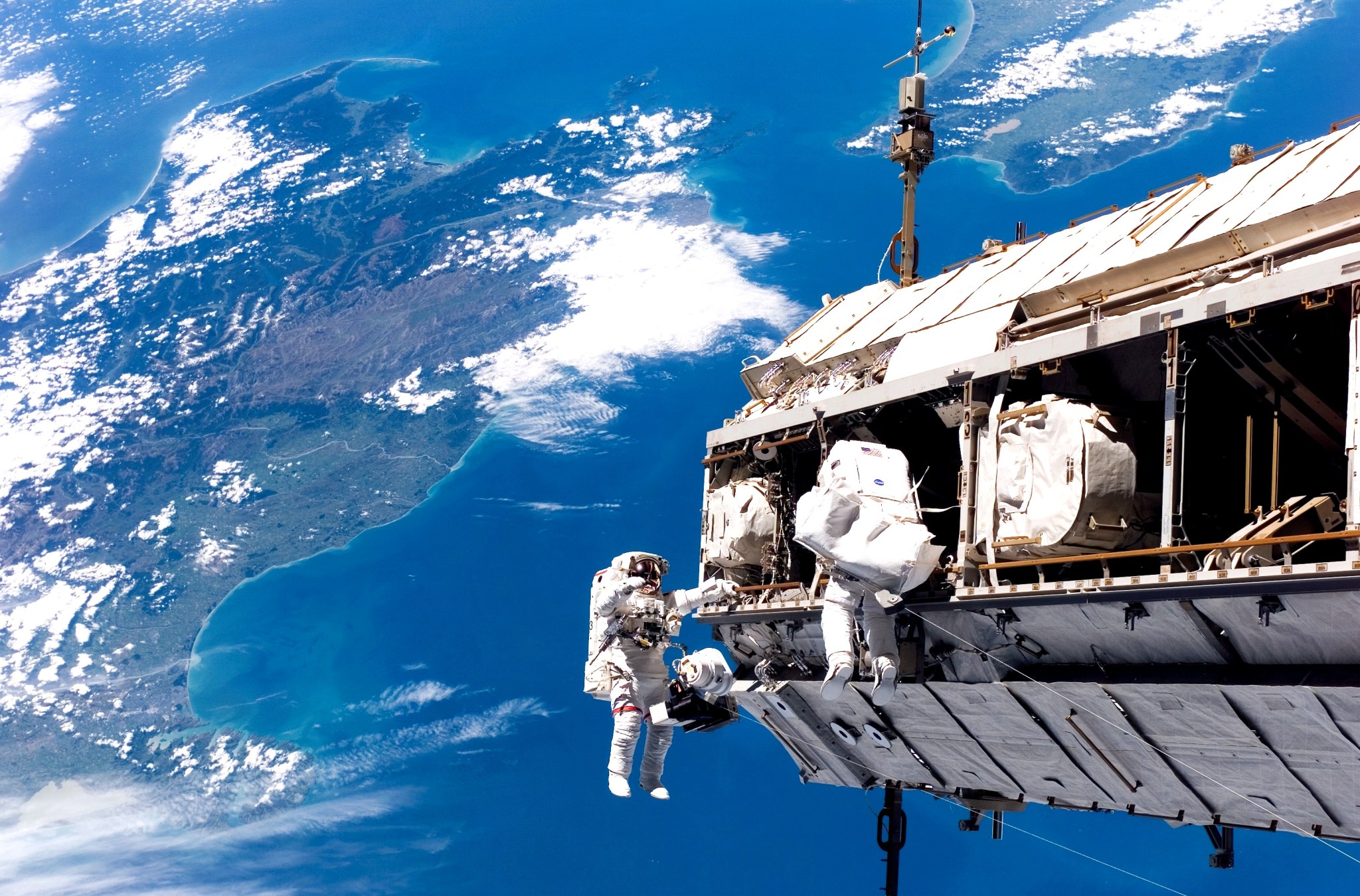
By Bob Granath
NASA’s Kennedy Space Center, Florida
EDITOR’S NOTE: This is the second in a series of feature articles marking the 50th anniversary of Project Gemini. During 1965 and 1966, NASA developed many innovative solutions that dramatically advanced the agency’s capabilities for living and working in space. In August, read about Gemini V and developing the technology for long-term spaceflight.



























